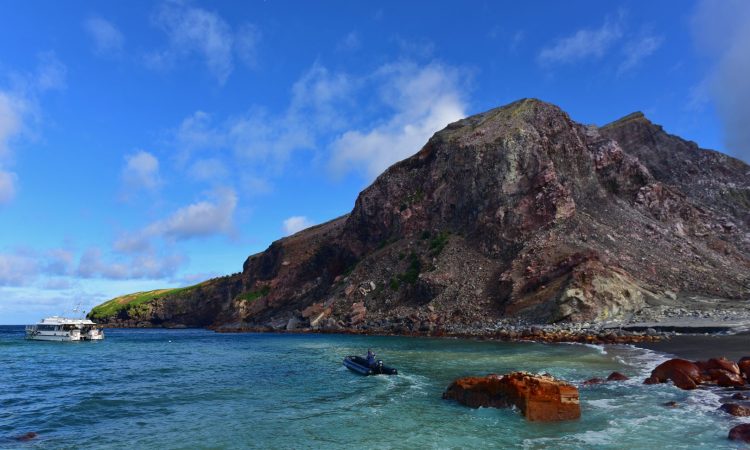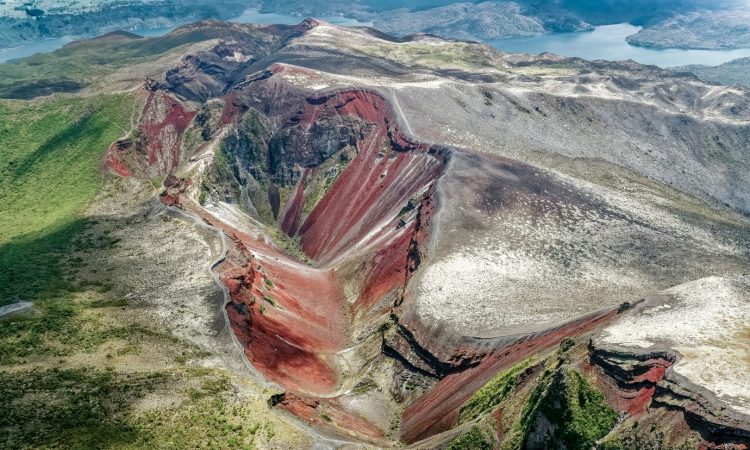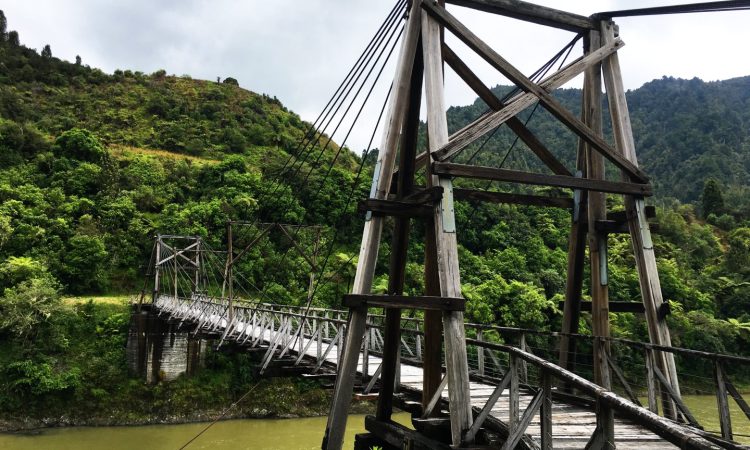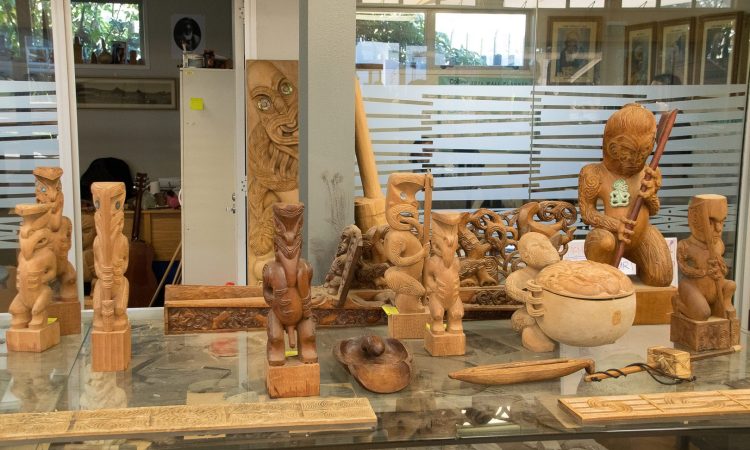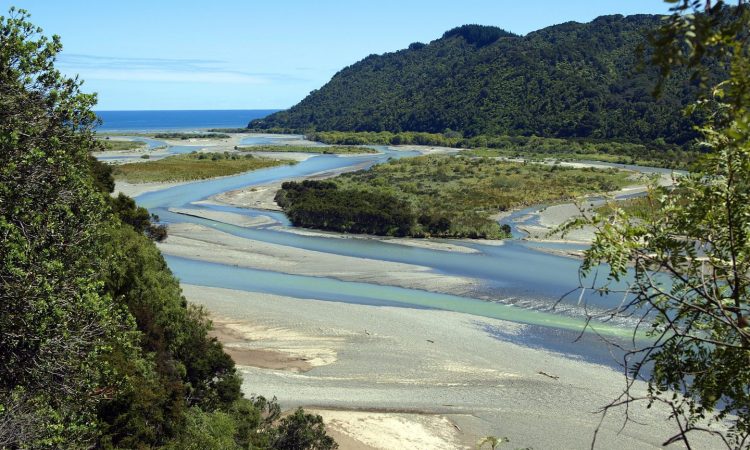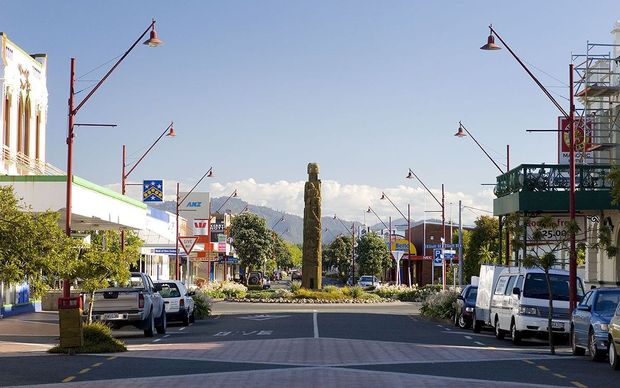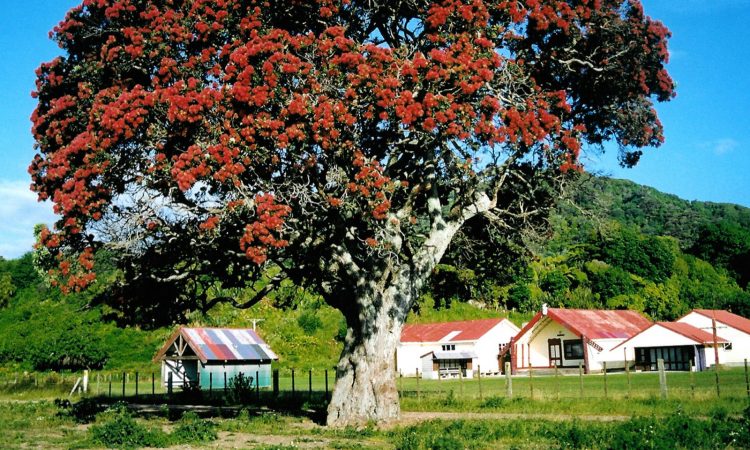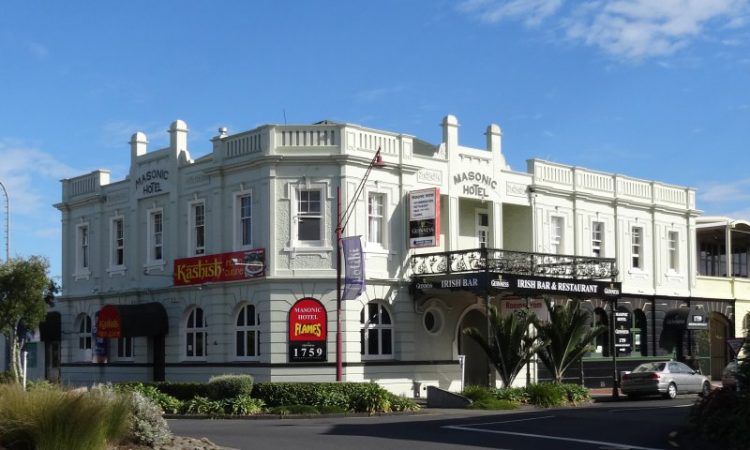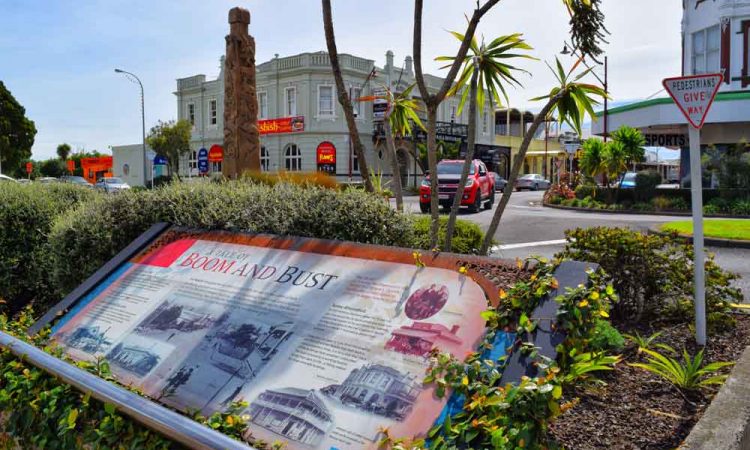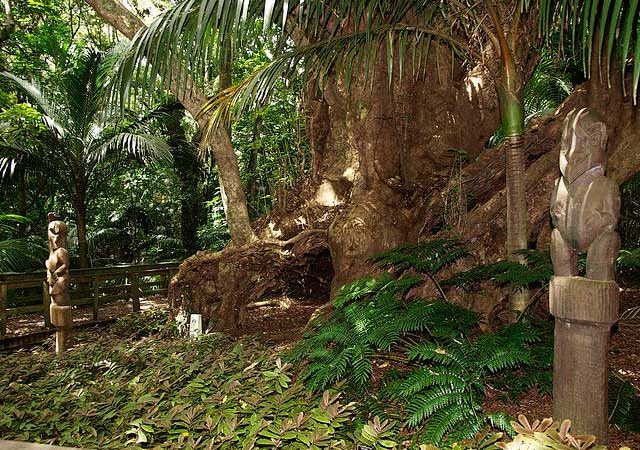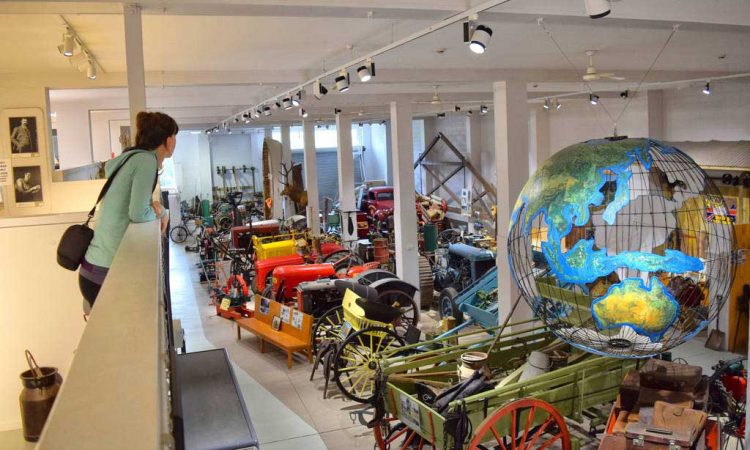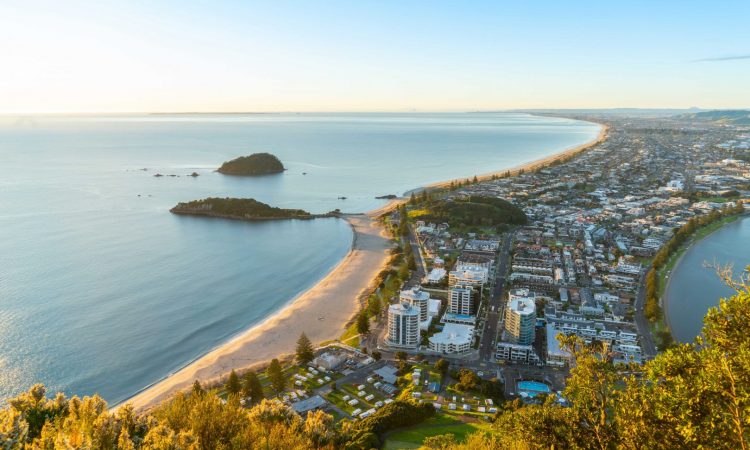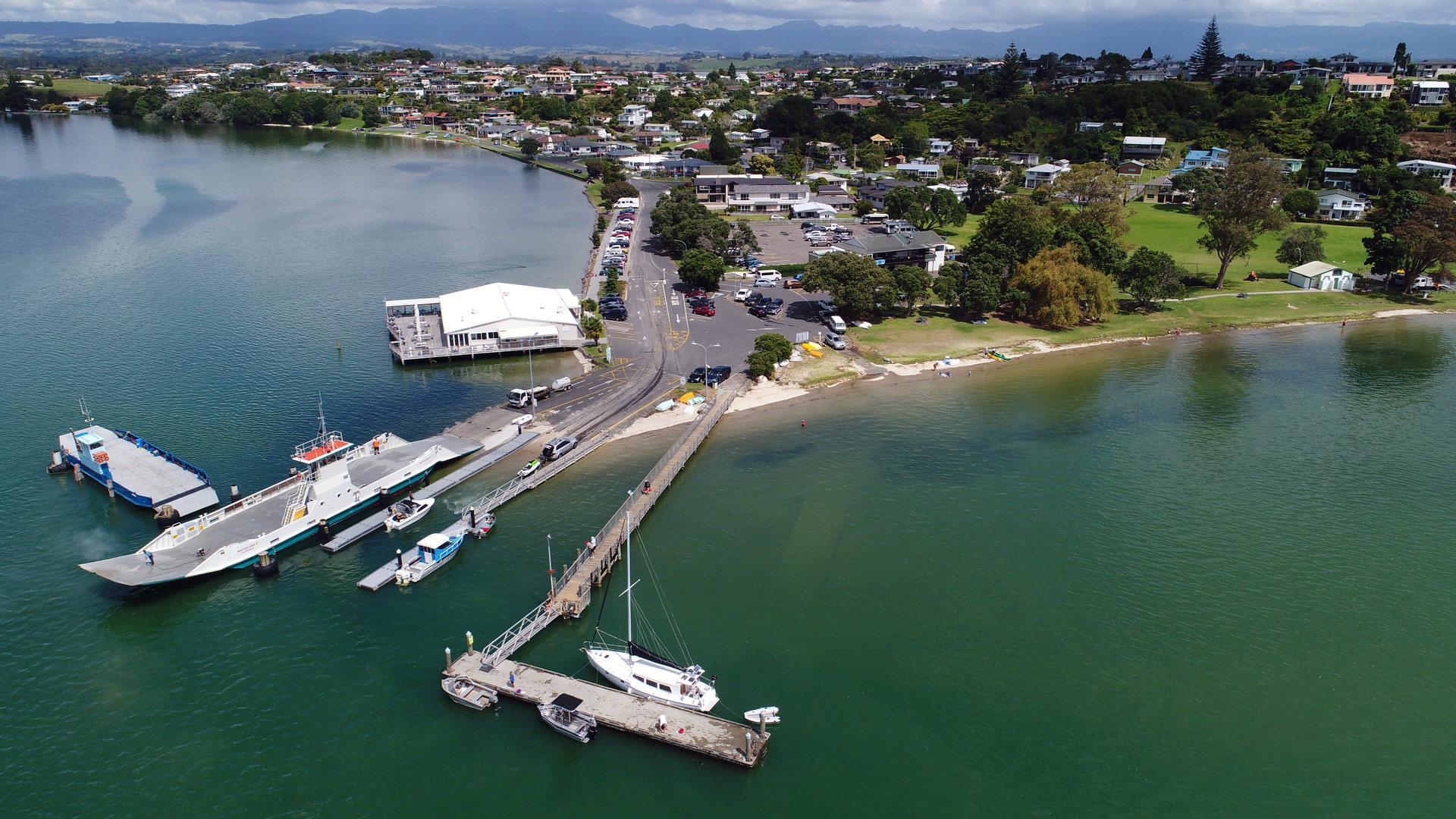Lifestyle
The Bay of Plenty is known for its picturesque beaches, beautiful countryside, and relaxed way of life. Living in this region offers a unique and fulfilling experience, with plenty of opportunities for those who are looking to study, work, raise a family, open a business, or retire.
Recreation options in the Bay of Plenty are abundant, with a range of outdoor activities available to suit every interest. The region is home to some of New Zealand’s most beautiful beaches, including Mount Maunganui, Papamoa Beach, and Waihi Beach. These beaches offer a variety of water sports, such as surfing, swimming, and fishing. There are also many walking and cycling trails throughout the region, providing an excellent way to explore the countryside.
The Bay of Plenty is also known for its affordable cost of living. Housing in the region is relatively affordable compared to other areas of New Zealand, making it an attractive option for those looking to buy a home or rent a property. Additionally, there are plenty of job opportunities in the region, with industries such as tourism, agriculture, and forestry all thriving.
The communities in the Bay of Plenty are welcoming and inclusive, making it an ideal place to raise a family. The region has a range of excellent schools, both public and private, providing children with a quality education. Additionally, the region is home to several parks and recreational areas, providing children with a safe and fun environment to play and explore.
For those looking to start a business, the Bay of Plenty offers a range of opportunities. The region has a thriving tourism industry, with many visitors coming to the area each year. This provides an excellent opportunity for entrepreneurs to start a business, such as a restaurant, cafe, or accommodation provider. Additionally, the region has a strong agricultural industry, providing opportunities for those interested in farming or food production.
Finally, the Bay of Plenty is an excellent location for retirement. The region has a warm and temperate climate, making it an ideal place for retirees who enjoy outdoor activities. Additionally, there are plenty of retirement communities and assisted living facilities throughout the region, providing seniors with a range of options.
Towns and councils
When moving to a new place in New Zealand, it’s crucial to consider the local government’s role in the community. Visit their website to make an informed decision. Review their services and get a sense of their views towards residents.
#Cole… can you please add links to the Opotiki, Whakatane and Kawerau District Council Pages here (hopefull we will be adding more councils in the near future) …. Also, is is possible to put the above paragraph and the links to the councils in a box, seperate it from the rest of the text.
The Bay of Plenty is home to a number of cities, towns, and districts, each with its unique character and charm.
Tauranga is the largest city in the Bay of Plenty and a popular destination for both locals and tourists. Its stunning beaches, lively waterfront, and bustling downtown make it a hub of activity. Tauranga is also home to a thriving arts and culture scene, with numerous galleries, museums, and festivals taking place throughout the year.
Just next door, the town of Mount Maunganui is a stunning spot in the Bay of Plenty. Located on a peninsula, it offers breathtaking views of the ocean and the surrounding hills. Its pristine beaches are perfect for swimming, surfing, and sunbathing, while the town itself is home to a variety of restaurants, bars, and shops.
The Western Bay of Plenty district, located in the north of the region, is home to a variety of smaller towns and villages, each with its unique character. The town of Katikati is known for its beautiful murals and sculptures, while Te Puke is the kiwifruit capital of the world. Omokoroa, Waihi Beach, and Pahoia are also popular spots to visit.
Rotorua, located inland from Tauranga, is known for its geothermal wonders and rich Maori culture. It is home to numerous hot springs, geysers, and mud pools, as well as a variety of cultural experiences, including traditional Maori shows and visits to historic sites.
Further east, the town of Whakatane is the gateway to the stunning White Island, an active volcano located just off the coast. It is also home to the Mataatua Wharenui, one of the most famous Maori meeting houses in the country, which has been lovingly restored to its former glory.
The Opotiki district, located on the eastern edge of the region, is home to pristine beaches, rugged mountains, and verdant forests. It is a great place to explore New Zealand’s natural beauty and enjoy outdoor activities such as hiking, fishing, and kayaking.
Kawerau district, located south of Rotorua, is a unique place that offers a glimpse into New Zealand’s industrial heritage. It is home to the Kawerau geothermal power station, which generates electricity using steam from natural geothermal sources.
Overall, the Bay of Plenty region is a diverse and vibrant area, with a variety of cities, towns, and districts to explore. Whether you’re looking for stunning beaches, rich cultural experiences, or outdoor adventures, the Bay of Plenty has something to offer for everyone.
Housing
The Bay of Plenty region offers a range of housing options for those looking to settle in the area. The housing market in the region has experienced a period of growth, making it an attractive destination for buyers. The region is known for its stunning coastline and outdoor recreational activities, with the most popular areas for housing located close to these attractions.
The most expensive areas to buy in the Bay of Plenty region are in Tauranga and Mount Maunganui, where the median house prices are around $1.2 million and $1.4 million respectively as of 2023. These areas are popular for their proximity to the beach, cafes, and shopping centres, making them ideal for those who enjoy a vibrant lifestyle.
However, there are also many affordable areas in the region that offer great value for buyers. The Western Bay, which includes areas such as Omokoroa and Katikati, offers some of the best value for money with median house prices ranging between $600,000 to $800,000.
Other up-and-coming areas to watch out for in the Bay of Plenty region include Rotorua, Opotiki, Whakatane, and Kawerau districts. These areas offer a range of lifestyle options, from the scenic beauty of Rotorua’s lakes and forests to the coastal charm of Whakatane and Opotiki. The median house prices in these areas range between $450,000 to $650,000 as of 2023.
For those who prefer apartment living, there are options available in Tauranga and Mount Maunganui. Lifestyle blocks and rural properties are also popular in the region, particularly in areas such as Te Puke and Katikati.
Overall, the Bay of Plenty region offers a diverse range of housing options to suit different lifestyles and budgets. With its stunning scenery and outdoor recreational activities, the region is an attractive destination for those looking for a laid-back lifestyle.
Employment
The Bay of Plenty has a diverse and growing economy, with a variety of job opportunities available across various sectors. The region is known for its strong agriculture, forestry, tourism and manufacturing industries.
The current job market in the Bay of Plenty is particularly strong, with high demand for skilled workers in certain industries. One of the main skill shortages in the region is in the healthcare sector, particularly for nurses, midwives, and general practitioners. There is also a growing demand for engineers, IT specialists, and tradespeople such as electricians and plumbers. The region is also facing a shortage of skilled workers in the horticulture and agriculture sectors.
The most significant job opportunities in the Bay of Plenty are centered around the cities of Tauranga and Rotorua, with other towns such as Whakatane and Opotiki also offering job prospects in specific industries. The Tauranga area, in particular, is known for its growing manufacturing, construction, and logistics sectors, with major employers such as Port of Tauranga and KiwiRail.
The average household income in the Bay of Plenty region is around $82,000 per year, which is slightly below the national average of $93,000 per year. However, the cost of living in the region is generally lower than other major urban centers in New Zealand, with affordable housing and reasonable living expenses.
In terms of specific industries, agriculture and forestry remain an essential part of the Bay of Plenty’s economy, with kiwifruit and avocado production among the region’s most significant exports. The tourism industry is also significant, with Rotorua’s geothermal attractions and Tauranga’s beautiful beaches drawing visitors from around the world. The manufacturing sector is also growing, with companies such as Comvita, and Zespri International among the region’s major employers.
In addition to the above industries, the Bay of Plenty region is also home to a thriving creative sector, with a range of job opportunities in areas such as film and television production, advertising, and graphic design.
Public Transport
The Bay of Plenty region has a range of public transportation options available for commuters and travelers alike.
Bus services are operated by the Bay of Plenty Regional Council through the Baybus network. The network covers Tauranga, Mount Maunganui, Papamoa, and Rotorua. There are also services that connect smaller towns in the region, such as Opotiki, Whakatane and Kawerau. The Bayhopper is the name of the bus service that operates within Tauranga and the surrounding suburbs. The bus routes, timetables, and fares can be found on the Bay of Plenty Regional Council’s website.
The region also has an extensive road network, with State Highways 1, 2, and 29 connecting to major cities and towns in the region. State Highway 29 is the main route that connects Tauranga to Hamilton, and State Highway 2 connects Tauranga to Gisborne and the East Coast.
The Bay of Plenty region has two airports: Tauranga Airport and Rotorua Airport. Tauranga Airport offers domestic flights to major cities in New Zealand, including Auckland, Wellington, and Christchurch. Rotorua Airport offers flights to Auckland and Wellington.
In addition to public transportation options, the region also has several taxi companies, ride-sharing services, and car rental agencies that offer transportation services to residents and visitors.
Overall, the Bay of Plenty region has a well-connected and accessible transportation network that allows residents and visitors to travel easily within the region and to major cities throughout New Zealand.
Migrant Support Services
Here is a list of migrant support services available in the Bay of Plenty region, along with their contact details:
-
Multicultural Tauranga: Provides information, support, and advocacy services to migrants and refugees in Tauranga. Contact: 07-571-6419 or info@trmc.co.nz.
-
New Zealand Red Cross – Bay of Plenty: Offers support, information, and advocacy services for refugees and migrants in the Bay of Plenty region. Contact: 07-578-6982 or bayofplenty@redcross.org.nz.
-
Citizens Advice Bureau – Tauranga: Provides advice and support on a wide range of issues, including immigration and settlement, to migrants and refugees in Tauranga. Contact: 07-578-1592 or cab.tauranga@xtra.co.nz.
-
Bay of Plenty Regional Migrant Services: Provides a range of settlement services to migrants and refugees, including orientation, job search assistance, and housing support. Contact: 07-571-6419 or info@trmc.co.nz.
-
New Zealand Federation of Multicultural Councils – Bay of Plenty: Offers support and advocacy services to migrants and refugees in the Bay of Plenty region. Contact: 07-578-7025 or bayofplenty@multiculturalnz.org.nz.
-
New Zealand Association for Migration and Investment: Provides migration advice and support services to migrants and refugees in the Bay of Plenty region. Contact: 07-574-6160 or info@nzami.co.nz.
-
Settlement Support New Zealand – Bay of Plenty: Offers support, information, and advocacy services for refugees and migrants in the Bay of Plenty region. Contact: 07-571-6419 or info@trmc.co.nz.
-
New Zealand Now – Bay of Plenty: Provides information and resources on living, working, and studying in New Zealand for migrants and refugees in the Bay of Plenty region. Contact: 0800-944-633 or newzealandnow.govt.nz.
Healthcare and Age Care
The Bay of Plenty region has a range of healthcare services that cater to the needs of the community. The region has several public and private hospitals, clinics, dentists, optometrists, chiropractors, physiotherapists, and acupuncturists. The healthcare services in the Bay of Plenty are of high quality, with many facilities staffed with experienced medical professionals.
Public hospitals in the Bay of Plenty region include Tauranga Hospital and Whakatane Hospital. These hospitals offer a range of services, including emergency care, surgery, medical imaging, and rehabilitation. Private hospitals in the region include Grace Hospital and Southern Cross Hospital, both located in Tauranga.
In addition to hospitals, the Bay of Plenty region also has a number of clinics that offer primary care services. These clinics provide general medical services such as health check-ups, vaccinations, and minor procedures. Many clinics in the Bay of Plenty region also have specialized services such as women’s health, sexual health, and mental health.
Dental services are also readily available in the region, with many dentists offering a range of services from routine check-ups to more complex procedures such as implants and orthodontics. Optometrists in the Bay of Plenty region offer eye exams and can prescribe glasses or contact lenses if needed.
For those seeking complementary therapies, the Bay of Plenty region has many chiropractors, physiotherapists, and acupuncturists. These practitioners offer services such as manual therapy, exercise prescription, and pain management.
Retirement and aged care options are also available in the Bay of Plenty region. These include rest homes, retirement villages, and aged care facilities that offer a range of services and care options to meet the needs of older adults. Many of these facilities offer a range of amenities such as gardens, communal spaces, and activities programs to support the well-being of their residents.
Childcare
The Bay of Plenty Region offers a wide range of childcare options for parents with young children. These include kindergartens, childcare centers, and businesses that cater specifically to young children.
Some of the well-known kindergarten providers in the region include the Bay of Plenty Kindergarten Association, which operates 45 kindergartens across the region, and the Te Akau ki Papamoa Kindergarten, which offers a variety of early childhood education programs for children aged 2-5 years.
For parents who prefer to enroll their children in a childcare center, there are many options available as well. Some of the popular providers in the region include BestStart, which operates 21 centers in the Bay of Plenty, and Kidspace, which has 4 centers in the region.
In addition to these traditional options, there are also businesses that cater specifically to young children, such as playgroups and activity centers. One example is Little Einsteins, which offers fun and educational programs for children aged 6 months to 5 years.
For parents who need support, there are also various services available in the Bay of Plenty region. These include the Parents Centre, which provides education and support to new parents, and Plunket, which offers health and development services for children from birth to 5 years old.
Overall, the Bay of Plenty region offers a wide range of childcare options for parents, with various providers and services to choose from. Whether you prefer a traditional kindergarten or a modern childcare center, there is something for every family in this region.
Police and public Safety
-
Call 111: This is the number to call for all emergencies, including fire, police, and medical.
-
Text 111: If you are unable to speak or hear, you can text 111 to reach emergency services.
-
Use the Emergency Plus app: This app provides your exact location to emergency services, making it easier for them to find and assist you in an emergency.
-
Call 105 to report non-emergencies to the police.
It’s important to remember that 111 should only be used in emergencies. For non-emergency situations, you can contact the relevant service directly.
The Bay of Plenty has a comprehensive emergency services system to ensure the safety and well-being of its residents. In an emergency, dial 111 from any phone to contact the police, fire service, or ambulance.
The Bay of Plenty is considered a relatively safe region, with lower crime rates compared to larger cities in New Zealand. However, it is still important to be aware of your surroundings and take necessary precautions to ensure your safety.
In the event of an emergency, it is important to stay calm and follow the instructions of emergency services personnel. If you are in need of medical attention, the Bay of Plenty has a number of hospitals and medical centers that are equipped to handle a variety of emergencies. Tauranga Hospital and Whakatane Hospital are the main hospitals in the region.
The region is also prone to natural disasters, such as earthquakes, floods, and storms. It is important to stay informed and aware of any warnings or alerts issued by authorities, and to follow any evacuation orders if necessary.
Overall, the Bay of Plenty has a strong emergency services system and is considered a relatively safe region. However, it is important to always be prepared and take necessary precautions to ensure your safety in the event of an emergency.

















































